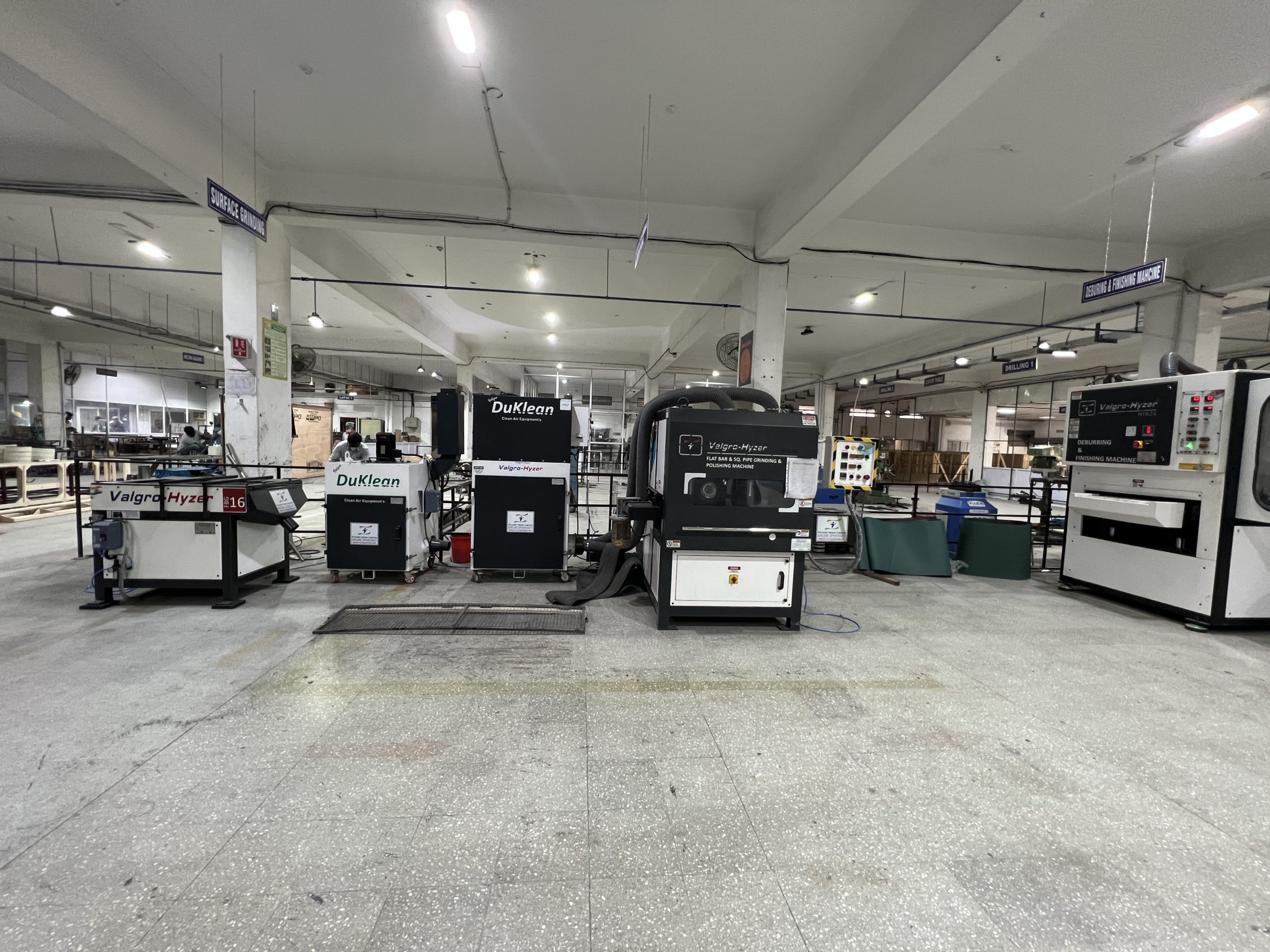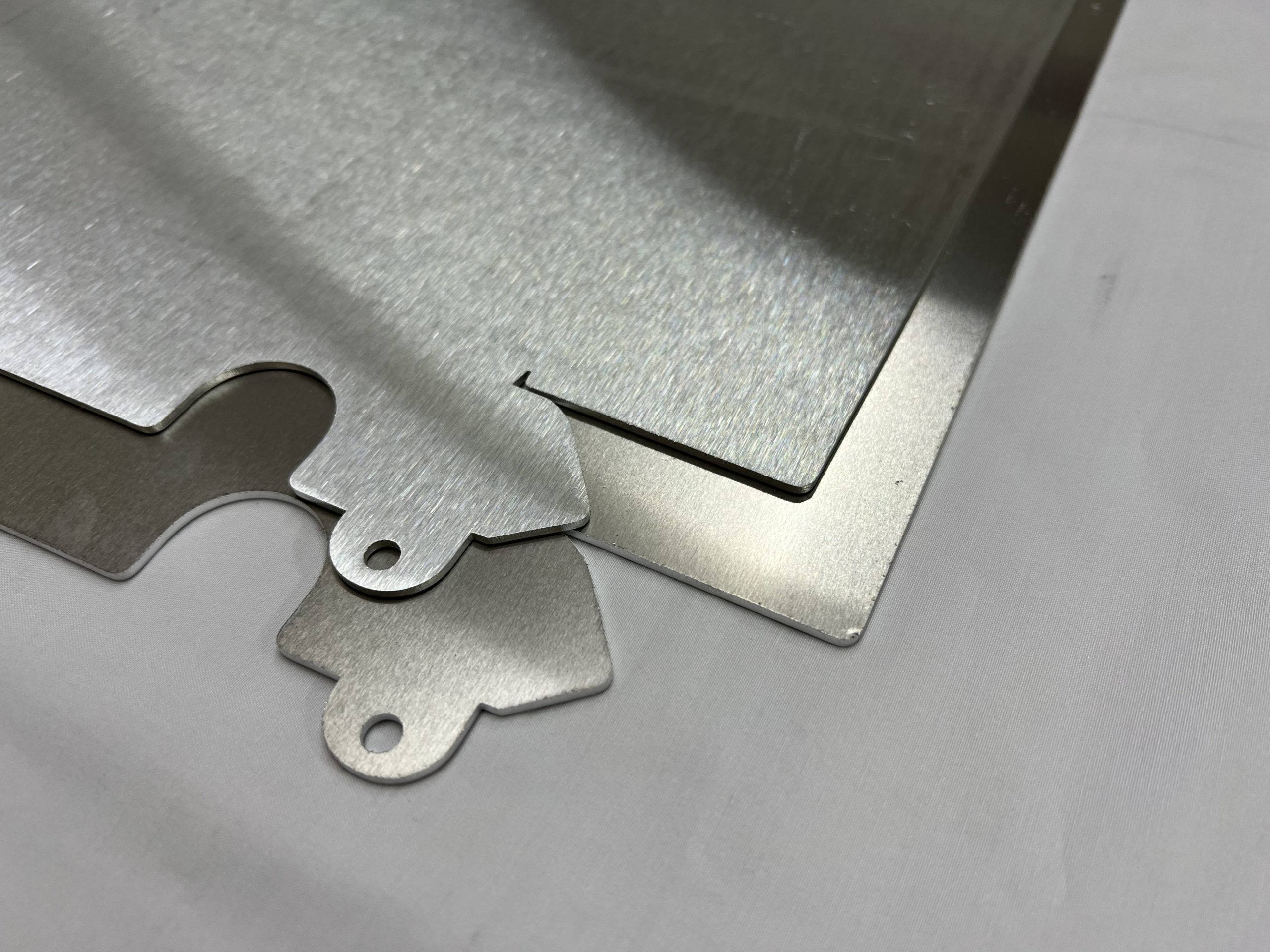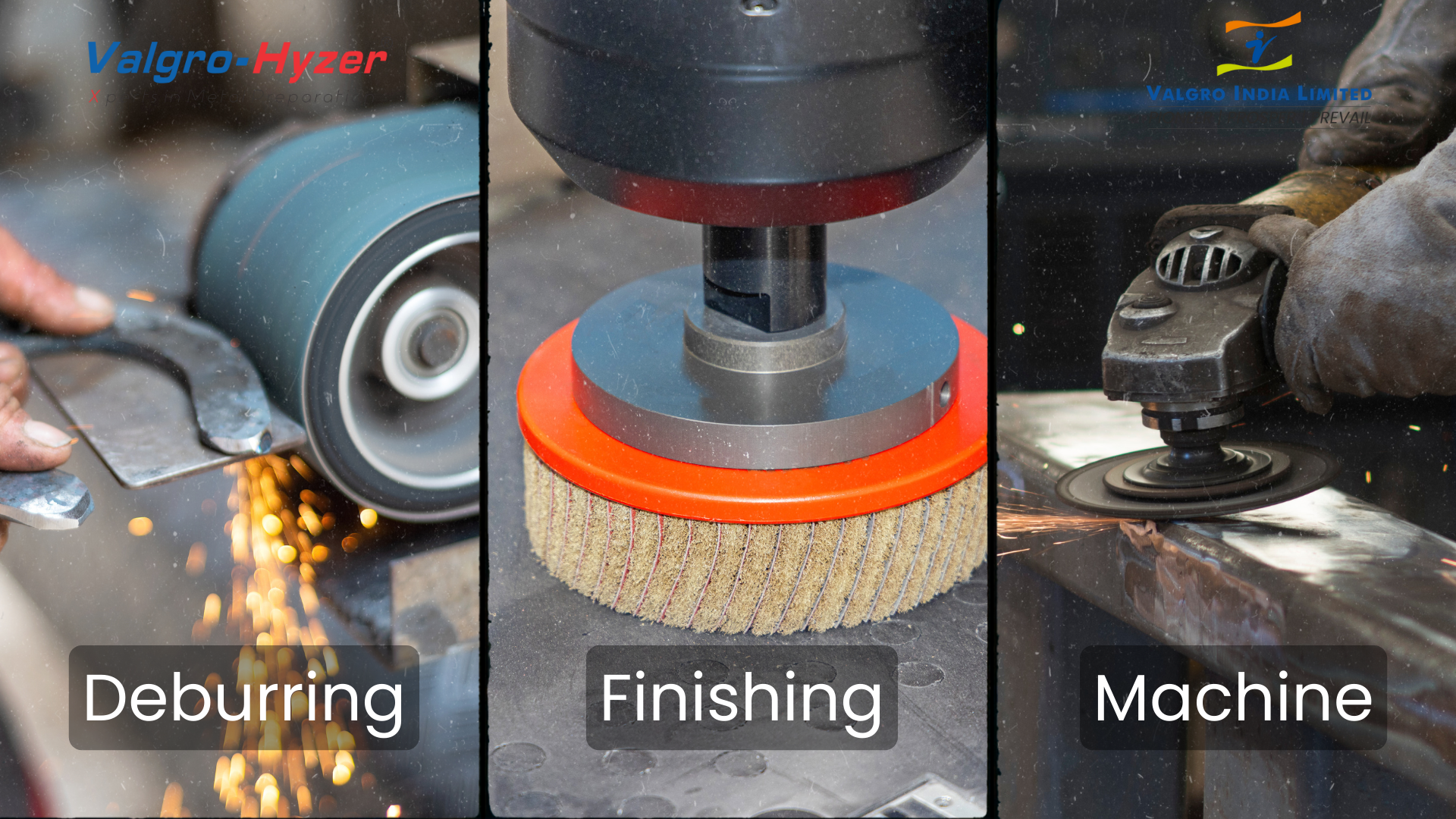Introduction
In the field of metal manufacturing, the ultimate quality and functioning of metal products are critical. Deburring and finishing equipment are crucial to ensuring that these components satisfy industry requirements. This article delves into the diverse range of metal components routinely processed by deburring and finishing equipment, emphasizing the importance of these procedures across various industries.


Automotive Industry:
1. Engine components like pistons, crankshafts, and connecting rods need accurate proportions and smooth surfaces to perform properly. Deburring and finishing methods eliminate sharp edges and surface flaws, reducing wear while improving performance.
2. Transmission parts. Gears, shafts, and other transmission components must fit together perfectly to transmit power properly. Deburring eliminates any burrs that may interfere with functioning while finishing techniques improve durability and surface quality.
3. Braking Systems Brake discs and pads undergo thorough deburring and finishing to ensure safety and dependability. A smooth surface is essential for reliable braking performance and minimal wear.
The aerospace industry:
1. Airplane frames the grade of metal used determines the structural integrity of airplane frames. Deburring and finishing techniques guarantee that these components are defect-free and satisfy the exact requirements needed for safety and performance.
2. Turbine blades Turbine blades in aircraft engines must tolerate severe temperatures. Deburring eliminates any defects that might cause stress points while finishing techniques improve surface quality and aerodynamic qualities.
3. Landing gear components. Landing gear components, such as struts and braces, need extreme accuracy and durability. Deburring and polishing guarantee that these parts can survive the pressures of take-off, landing, and taxiing.
Medical devices:
1. Surgical instruments. Surgical tools, such as scalpels, forceps, and retractors, must have smooth, burr-free surfaces to be safe and effective during medical operations. Deburring and polishing operations remove sharp edges, improving the overall quality of this equipment.
2. Implants. Orthopedic implants, such as hip and knee replacements, need exact dimensions and smooth surfaces to function well in the human body. Deburring eliminates sharp edges that might cause tissue harm while finishing techniques increase biocompatibility and lifespan.
3. Diagnostic Equipment. We deburr and finish parts used in diagnostic equipment, such as MRI machines and CT scanners, to ensure they meet the strict cleanliness and quality standards required in medical settings.
Electronics Industry:
1. enclosures and casings We deburr and polish metal enclosures and casings for electronic devices, including smartphones, laptops, and servers, to create a smooth and appealing surface. These methods also guarantee that the pieces fit together correctly and safeguard sensitive electrical components.
2. Connectors and Terminals Electrical connectors and terminals must have accurate dimensions and smooth surfaces to provide a secure connection. Deburring and polishing eliminate any flaws that may interfere with their functionality.
3. Heat Sinks. Heat sinks used in electrical equipment must have flat surfaces to efficiently dissipate heat. Deburring and polishing techniques improve thermal performance and ensure a proper fit inside the electronic component.
Manufacturing and Fabrication:
1. Custom metal parts. Custom components made using different manufacturing methods, such as cutting, stamping, and machining, often need deburring and finishing to obtain the appropriate quality level. These techniques guarantee that items are burr-free and have the proper surface finish for their intended purpose.
2. structural components. We deburr and finish structured metal components used in construction and heavy equipment to ensure they meet safety and performance requirements. These techniques improve the strength and durability of the components.
3. Decorative Items Deburring and finishing methods help metal ornamental objects such as fixtures, fittings, and art pieces by improving their visual appeal and surface quality.
#deburring #finishing #polishing #degracing #fabrication #manufacturer #aerospaceindustries #metalindustries #sheetmetalfabricator #military #aerospace #electronic #parts






